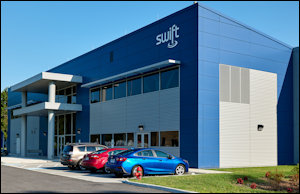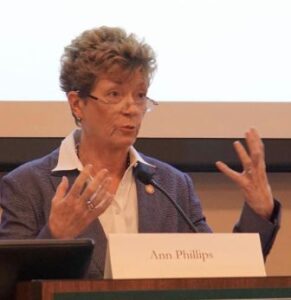The Van Kesteren family, owner of Van Kesteren Farms in Accomack County, wants to build solar panels on 180 acres as a way to supplement the income from its farming operations. But the price tag for connecting to the regional grid is posing a major barrier.
The estimate for connecting to the Eastern Shore electric grid has increased from $3-4 million in March 2017 to $26.5 million today, according to an article in Energy News Network. The article focuses mainly on the Van Kesteren family’s thwarted ambitions, as made clear by the sub-head: “An Eastern Shore farming family is frustrated that its solar project is at the mercy of the local utility and grid operator.”
But the story illustrates a broader story regarding a critical and often overlooked aspect of solar-power economics: how some proposed locations for solar farms can be rendered uncompetitive by high interconnection costs. Continue reading











 I am following up on an earlier
I am following up on an earlier 



